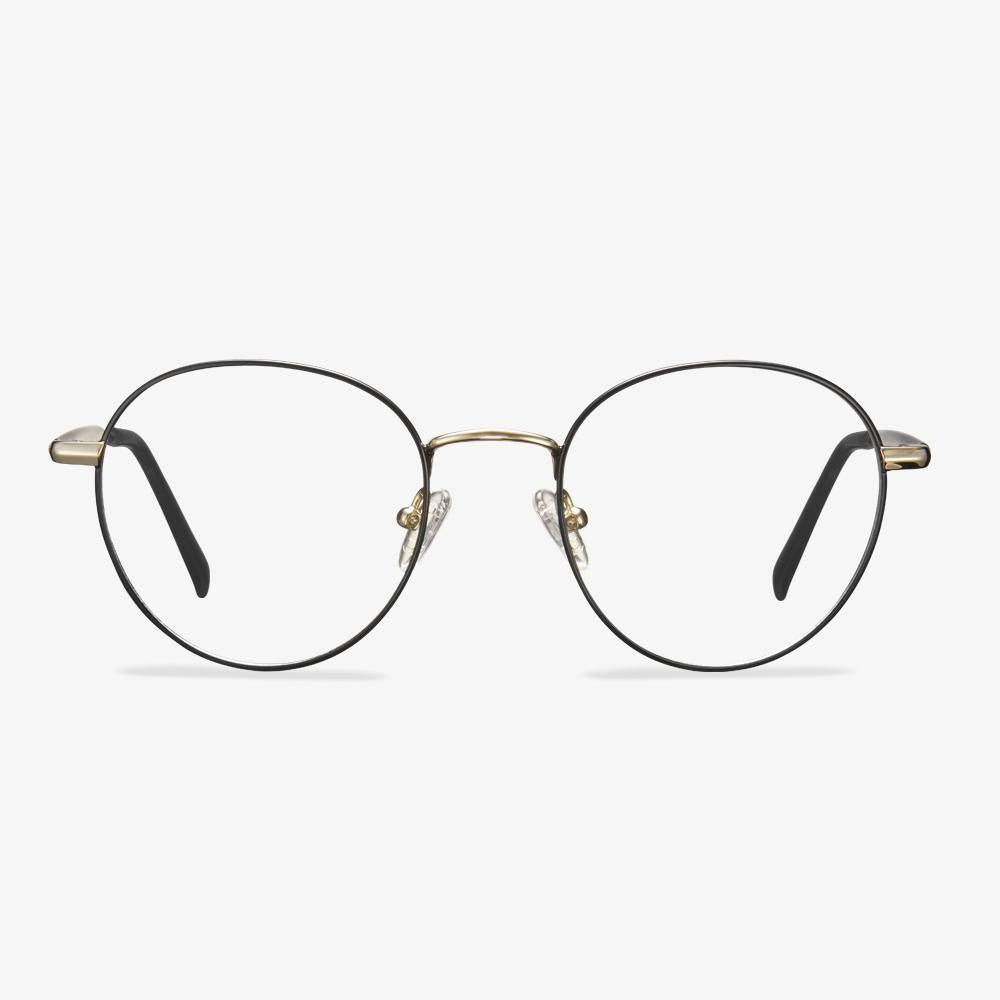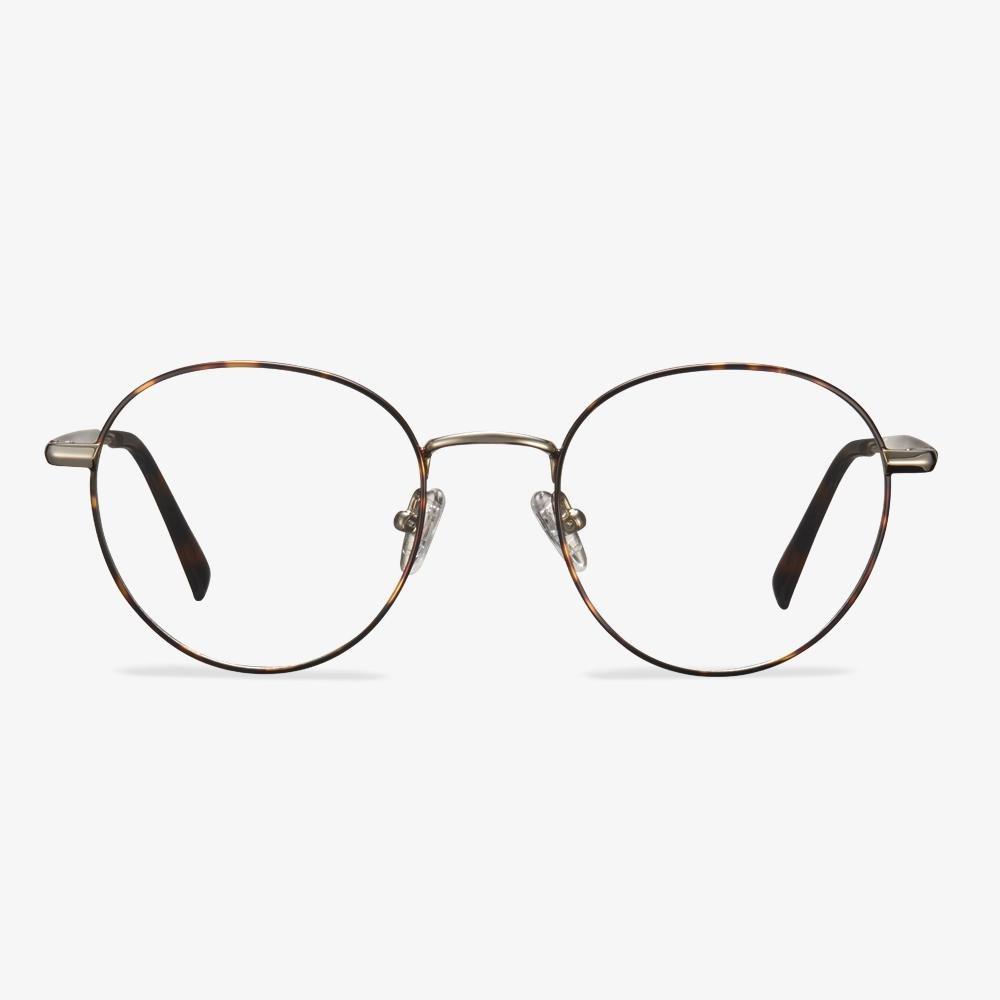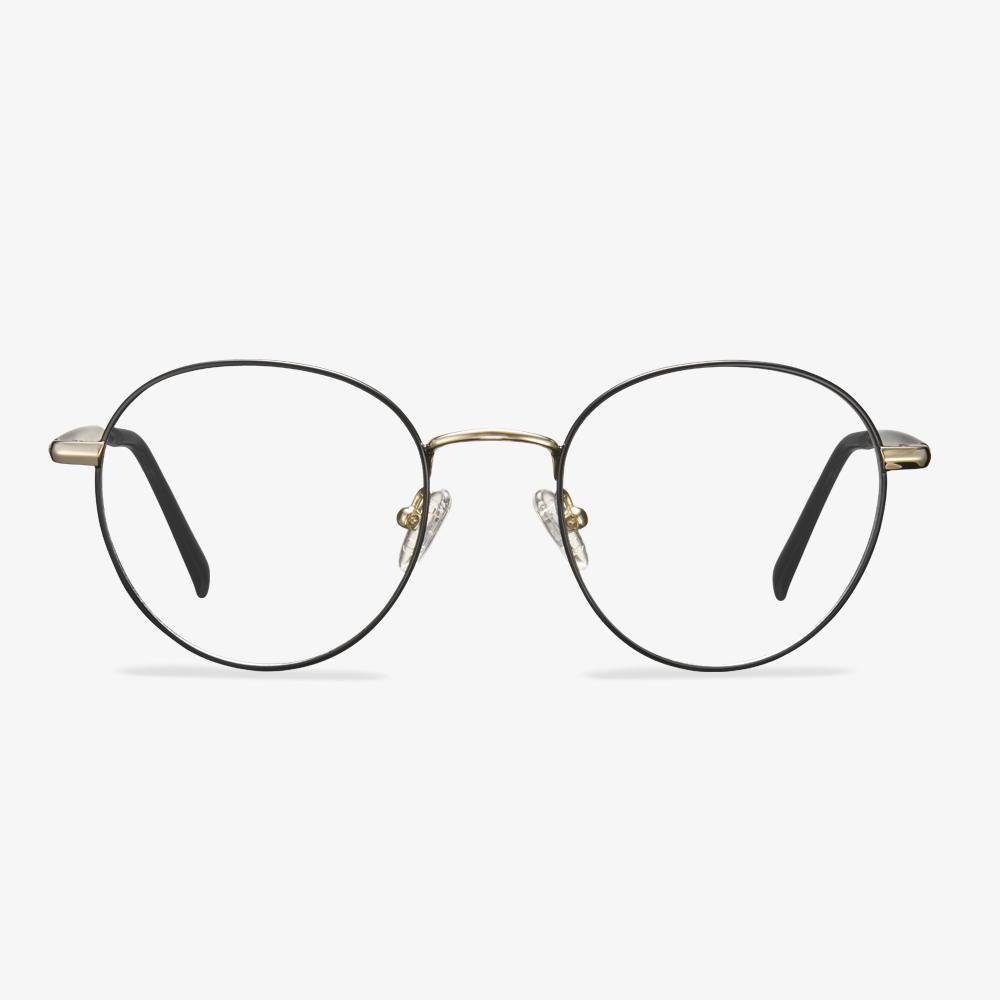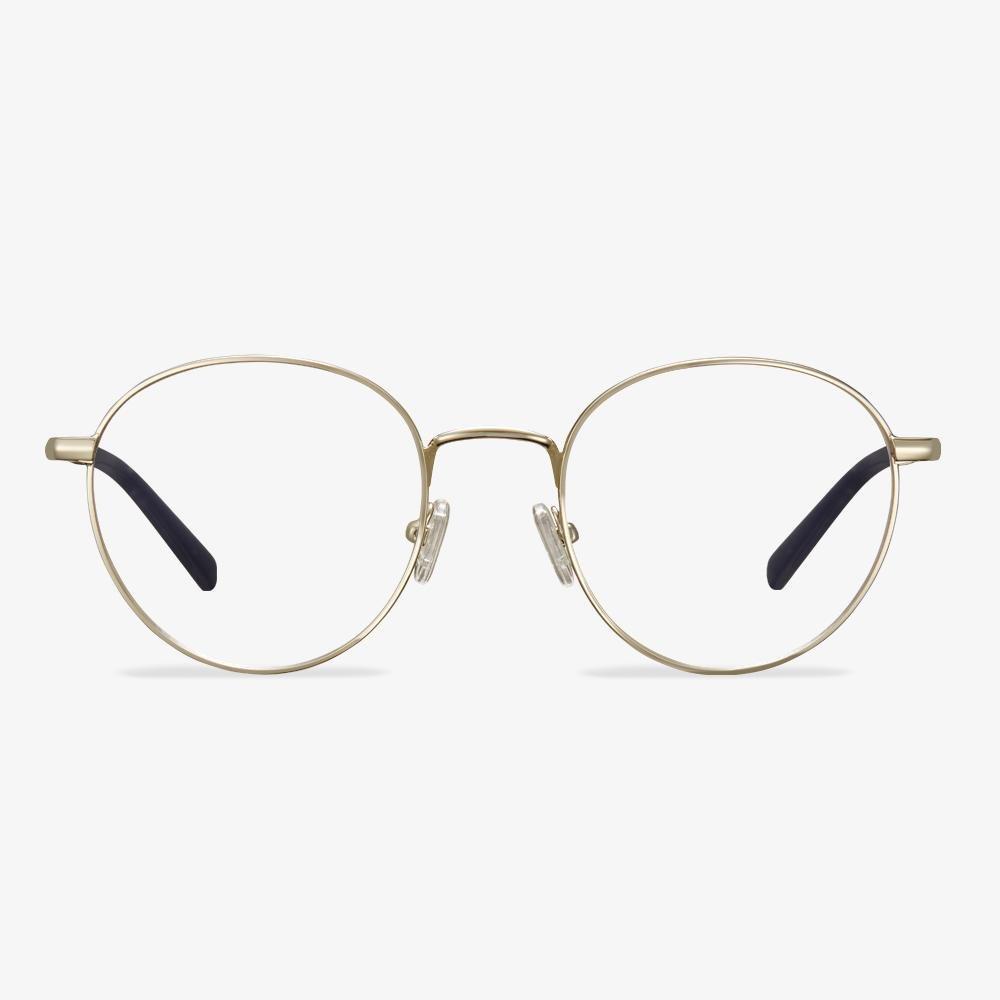Glasses are frequently replaced.
In the United States today, there are more glasses than people. Counting prescription glasses, sunglasses, and over-the-counter readers, there are now more than 400 million pairs on the market. According to the Vision Council, an industry group, they swap out a brand new pair of glasses every two years on average.
The working principle of driving glasses
The driving glasses are designed according to the polarized angle and radian of the lens and the principle of precision optics. It can only let the beneficial light pass through, and other light sources, like strong sunlight, car headlights, and other light sources are filtered, to eliminate the interference of external light, and avoid the appearance of eye-catching, dazzling, and other situations. That's basically how the driver glasses are designed.
Marc Walks pure titanium rimless glasses
The detailed processing lets you experience the perfect quality. They areβ titanium pure titanium ultra-light rimless myopia glasses, the new silica gel temple tips, and rivet design, and they will not deform with many twists and turns. The silicone material is safe and non-toxic. They have a non-screw design, so installation is not loose, and the lens is stable and not shaking. The lens is not in direct contact with metal and is not easy to break. The degree is not limited, so 1500 degrees below can be installed.
Optix 55 day/night driving glasses
These glasses are designed to provide anti-glare and UV protection. They have a flexible plastic lens and frame that can be used over prescription glasses. They use polarized lenses to make the image look sharper. They help reduce glare, reflection, and its negative effects while improving and brightening the visual area.
How Should Glasses Fit?
In order to enable the glasses to fit on your face and ears, you need to pick the right frame width for your face. The width of your frame is the entire horizontal measurement of the front of your frames. A correct frame width will ensure your eyes are properly aligned in the center of your lenses for optimal vision. The frame width should be slightly wider than your face but with the space between your temple and frame no larger than a finger’s width.
Moreover, you also should ensure the Arm Length is right for you. The arms of glasses should run along with your temple and wraps around your ears. The arms should run horizontally and sit comfortably around your ears only touching your head right before your ears. Of course, you can find the arms-length of glasses on the side of the temple.
Colored translucent frame
Colored translucent lenses have been popular since 2016. Some stars like a warm tan lens. Besides translucent lenses, what's popular this year is that the frames are made in a colorful translucent style. Wearing them can automatically cool down. Stella Mccartney 2020 spring/summer sunglasses are designed with colorful translucent material and a thick frame. In addition, a metal chain is added, which is all the popular elements this year.
Do all glasses come with nose pads?
The glasses without the nose brace are plate glasses. In reality, there is still a nose pad, but it is relatively small and it's part of the frame. The westerners have high nose bridges, and many glasses have no or very small nose pads. For example, Harry Potter's glasses have no nose pads. European and American brands will change their nose pads for the Asian market. Eyeglasses without a nose pad rely on the bridge of the nose to support the center beam. It's hard for Asians to stand up, and their eyes are more protruding than sunken like westerners. Glasses are usually demanded to keep a 12mm distance between the lens and the eyeball, otherwise, the optical performance will have a great impact.


















































